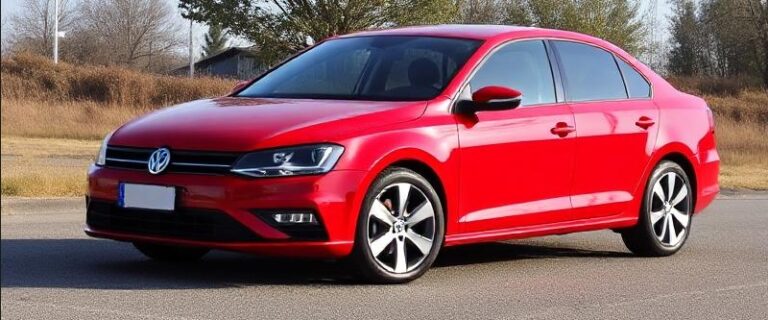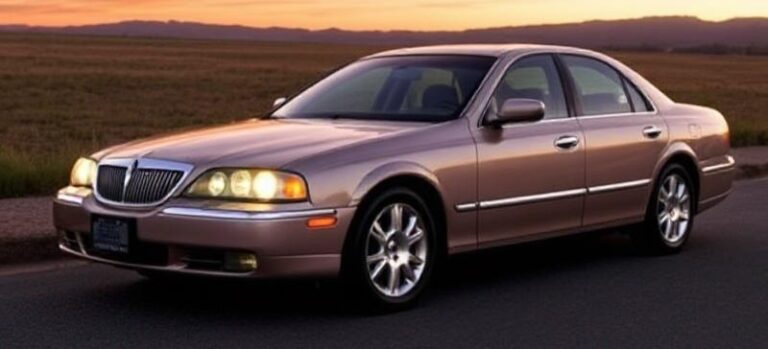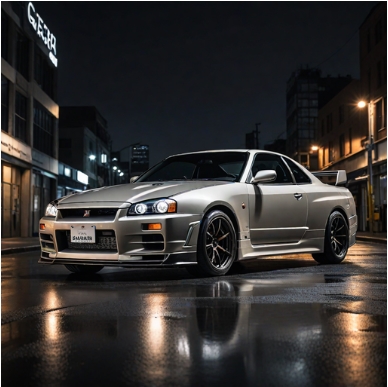The Evolution of the Peugeot 505
The Peugeot 505 stands as one of the most significant models in Peugeot’s history, serving as a flagship executive sedan and a versatile platform that extended into various body styles and markets. Introduced in the late 1970s, the 505’s production spanned over two decades, witnessing numerous updates, model variations, and regional adaptations. This article traces the evolution of the Peugeot 505 from its inception to its discontinuation, detailing its production timeline, models, and trim levels.
Introduction and Development (1975–1979)
Development & Launch:
The Peugeot 505 was officially launched in 1979 at the Paris Motor Show, but its development began earlier in the 1970s. Peugeot aimed to replace the aging Peugeot 504, which had served as the company’s flagship since the late 1960s. The 505 was designed to compete with other mid-size sedans like the Opel Ascona, Ford Granada, and Volkswagen Passat, combining robustness, comfort, and advanced engineering.
Design & Features:
Designed by Pininfarina, the 505 featured a more modern, aerodynamic body than its predecessor. It was available as a four-door sedan, a five-door station wagon (break), and later as a pickup truck. The initial models emphasized durability and comfort, aiming for markets worldwide, including Europe, Africa, the Middle East, and South America.
First Generation (1979–1989)
Production & Market Presence
The first-generation Peugeot 505 was produced from 1979 until 1989, marking a decade of significant success and regional variation.
Models & Trim Levels
Initially, the 505 was offered in several trims, primarily distinguished by engine size and equipment levels:
- GL: The base model, offering essential features suitable for budget-conscious buyers.
- GLS: An upgraded version with better interior trim, improved upholstery, and additional comfort features.
- S: A sportier trim with minor cosmetic enhancements.
- ST: A higher trim level emphasizing luxury and comfort.
- GT: The performance-oriented version with a more powerful engine and sportier features.
- GTi: The top-tier sporty variant with enhanced engine performance, sporty suspension, and distinct styling cues.
Engine Options
The early 505 models were powered by a range of gasoline and diesel engines:
- Gasoline Engines:
- 1.6L I4 (in select markets)
- 2.0L I4
- 2.2L I4 (introduced later)
- 2.3L V6 (from the mid-1980s)
- 2.8L V6 (later in production)
- Diesel Engines:
- 1.9L XUD I4
- 2.1L XUD I4
- 2.5L XUD I4 (later models)
Notable Features & Updates
Throughout the 1980s, the 505 received periodic updates:
- 1983: Introduction of fuel-injected engines and minor cosmetic refreshes.
- 1985: Facelift with new grille, bumpers, and interior improvements.
- 1987: Introduction of a turbocharged diesel option (2.1L XUDT).
Regional Variations
The 505 was assembled and sold worldwide, with notable variations:
- Europe: Focused on gasoline and diesel sedans and wagons.
- Africa & Middle East: The 505 was particularly popular, often with rugged diesel engines and basic trims.
- South America: Local assembly included versions with different engine specifications.
Second Generation & Facelift (1989–1999)
Although the Peugeot 505 was phased out in Europe by 1992, production continued in some regions, notably South America, until 1999.
Discontinuation in Europe
In 1989, Peugeot introduced the 405 as its new global model, leading to the gradual phase-out of the 505 in Europe. However, the model continued in some markets as a rugged, affordable option.
South American Production (1990s)
In Argentina and other South American countries, production of the 505 continued until 1999, with models tailored to local preferences and regulations.
Models & Trim Levels (South America)
In its later years, the 505 in South America was available mainly in:
- GL: Basic trim, diesel and gasoline options.
- GLX: Mid-level with additional features like air conditioning, improved interior.
- SR: Sporty trim with cosmetic enhancements and sometimes minor performance tweaks.
- SRX: Top trim with luxurious features, alloy wheels, and upgraded interiors.
Engine & Specification Updates
During the 1990s in South America, the 505 saw updates such as:
- Introduction of more efficient diesel engines (e.g., 2.2L and 2.5L XUD variants).
- Slight cosmetic updates, including new bumpers and interior trims.
- The availability of automatic transmissions in some trims.
Notable Features and Technological Progression
Safety & Comfort
Over its lifespan, the Peugeot 505 incorporated advancements such as:
- Anti-lock braking systems (ABS) in later models.
- Power steering and improved suspension for better ride comfort.
- Upgraded interior features, including improved seats, sound systems, and climate control.
- Introduction of front airbags in some late models.
Engineering & Mechanical Improvements
Throughout its production, the 505 benefited from Peugeot’s focus on durability and ease of maintenance:
- Diesel engines, especially the XUD series, became renowned for their longevity.
- The introduction of turbocharged diesel engines improved performance without sacrificing economy.
- Suspension systems were refined for better handling and comfort.
.
Many car aficionados have multiple hobbies, like boating as well as auto stuff. Those who don’t already own a boat (and even some that do), may have thought about building their own boats. It’s really not as hard as you’d think. Just take a look at these easy boat building plans!

.
Discontinuation and Legacy
End of Production
The Peugeot 505 was officially discontinued in Europe in 1992, replaced by the Peugeot 405 and later the 406. However, in South America and some other regions, production lingered until 1999, marking nearly two decades of continuous presence in some markets.
Legacy
The Peugeot 505 is remembered for its robustness, comfort, and versatility. Its diesel engines, notably the XUD series, gained a reputation for reliability, making it a favorite among taxi operators, fleet managers, and private owners alike.
The 505’s design also influenced subsequent Peugeot models, and its practicality in various body styles—sedan, wagon, pickup—demonstrated the brand’s commitment to producing adaptable and durable vehicles.
Summary Timeline
| Year | Key Events & Models |
|---|---|
| 1979 | Launch of Peugeot 505; available as sedan and wagon |
| Early 1980s | Introduction of GLS, S, GT, and GTi trims |
| 1983 | Fuel injection introduced; minor facelift |
| 1985 | Major facelift with updated styling and features |
| Mid-1980s | Introduction of turbo diesel engines |
| 1989 | Launch of Peugeot 405; phased-out in Europe; 505 continues in some markets |
| 1990s | Continued production in South America; trims include GL, GLX, SR, SRX |
| 1999 | Final production in South America |
Conclusion
The Peugeot 505 exemplifies an era when durability, versatility, and comfort were paramount in automotive design. Its long production run, extensive model variety, and adaptability across markets cement its status as a beloved classic in Peugeot’s history. From its launch in the late 1970s to its regional discontinuation in the late 1990s, the 505’s evolution reflects technological advancements, regional market adaptations, and the enduring appeal of a well-engineered vehicle.







